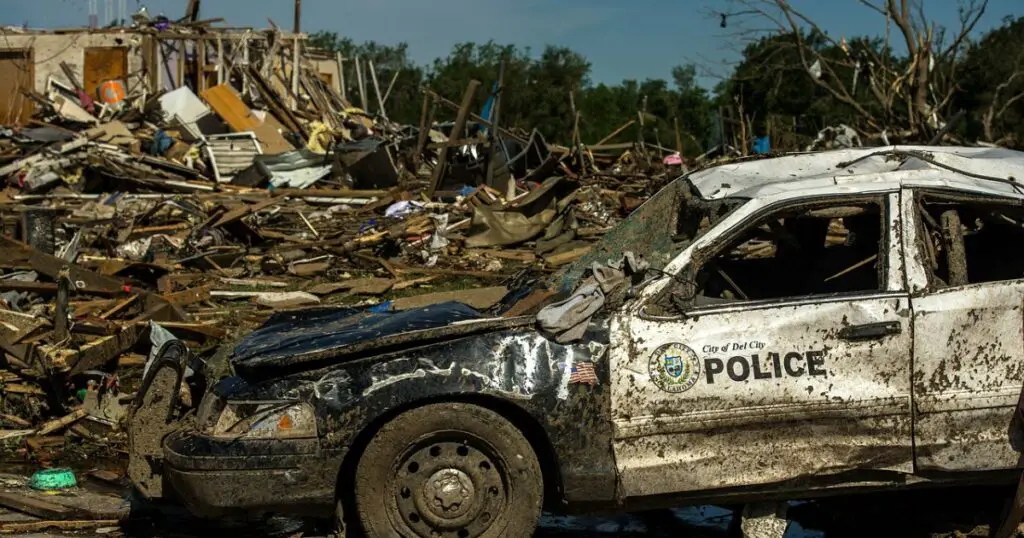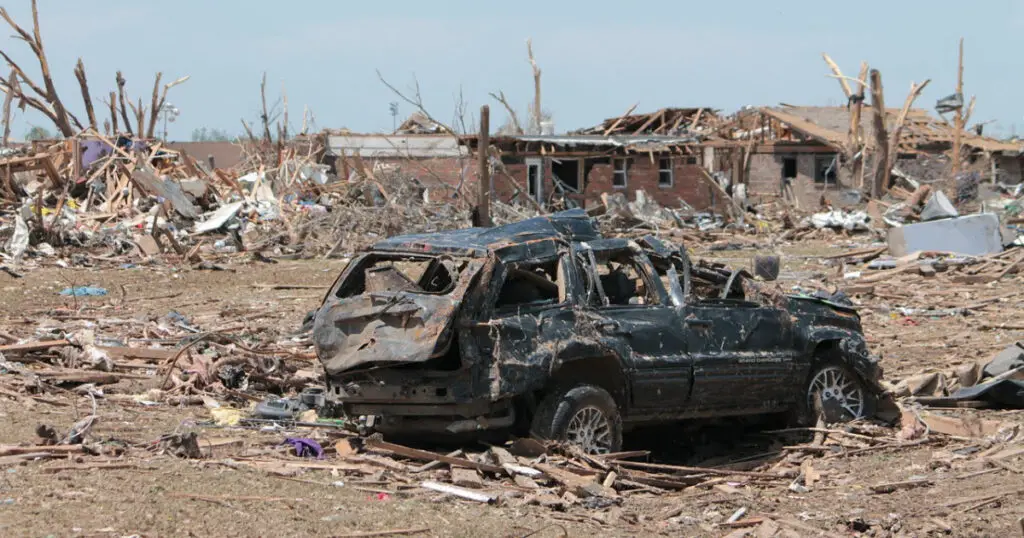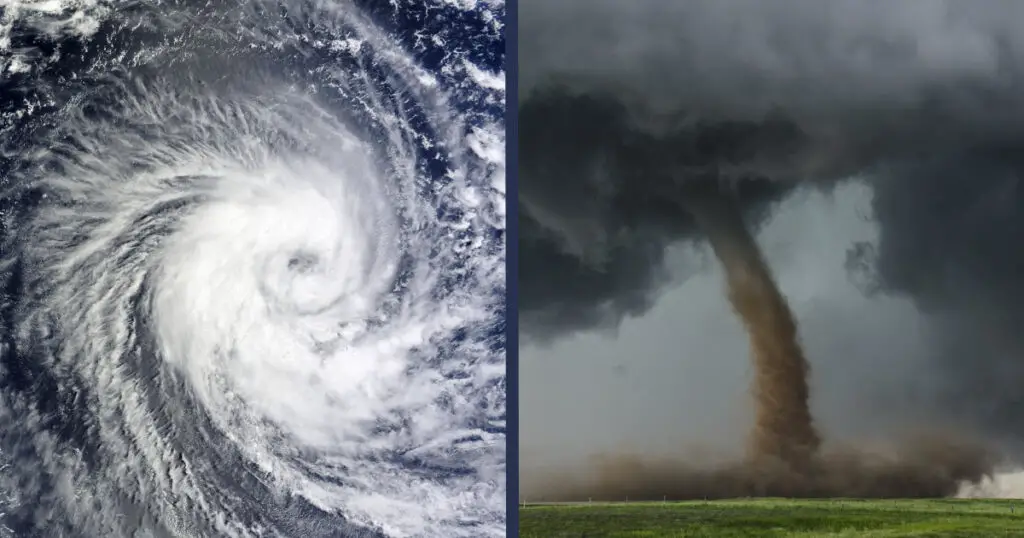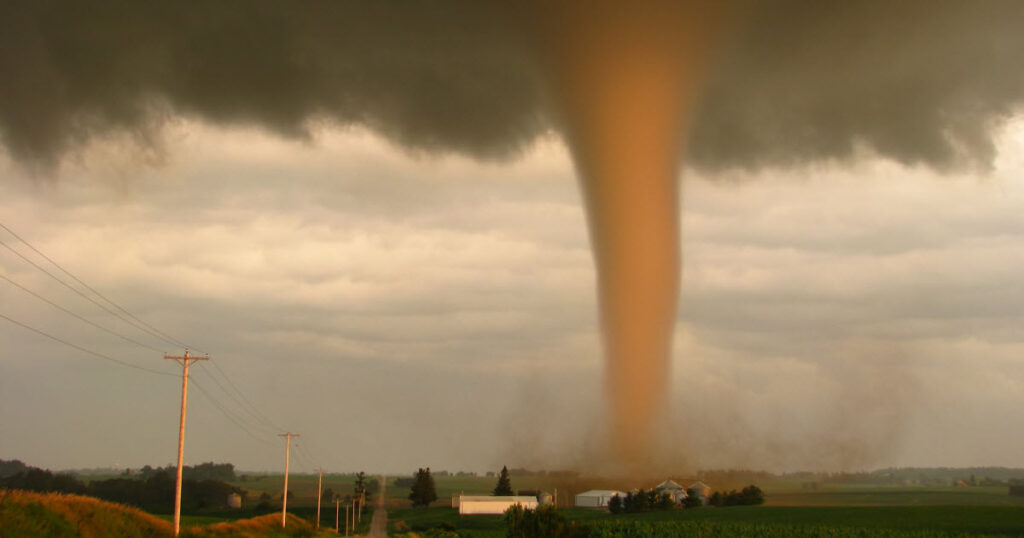Tornadoes are a spectacle of Mother Nature, but they are also one of the planet’s most destructive forces. They wreak havoc on unsuspecting communities and destroy entire towns. Twisters are something many people living in tornado zones fear. And rightly so, the accounts of the damage these storms cause highlight just how powerful they are. But how large can a tornado damage path be? Understanding how destructive Tornadoes can be can help you make the right decisions about your home and your ability to protect it.
In this article, we’ll discuss tornado damage, including how large the path of destruction can be when a twister hits. We’ll also cover the extent of damage in its path and what you can do to keep your family safe.
With Tornadoes, Size Does Matter
Tornadoes comes in various sizes. The bigger and faster the storm, the more destructive it will be.
One often overlooked (but very important) factor is where the storm hits.
A weak storm in a residential area will cause more damage than a strong storm in an empty field. However, our information that we’ll be sharing in this article will be based on storms landing in like-for-like locations.
What Counts as a Tornado?
Smaller twisters can be barely visible. They cross the ground like a wisp of wind kicking up small pieces of debris, such as sand or dirt. These types of weaker tornadoes lack a funnel that reaches straight to the cloud above or may not entirely reach the ground.
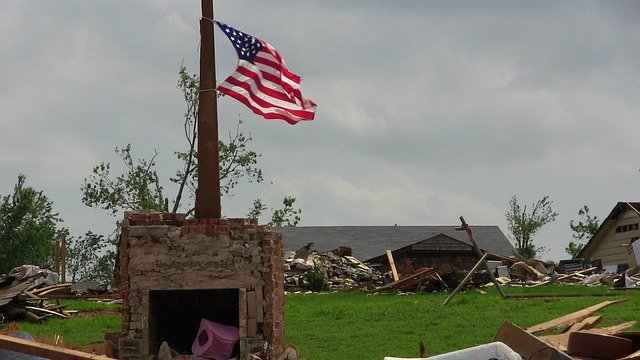
When circulating vortex winds exceed 40 mph (64 km/h), it is classed as a tornado. Different size Tornadoes also have different names. The massive Tornadoes that are the size of the cloud above are informally known as “wedge Tornadoes” because they look like giant wedges coming from the ground. Classic cylindrical twisters with a low height are called “stovepipe tornadoes”.
Tornadoes occur around the world, but the United States sees the most twisters each year. The average size of storms in the U.S. are roughly 500 feet (150 m) and they travel 5 miles (8 km) on average. Either side of these averages, there are twisters of various sizes both big and small, and various travel distances, short and long.
How Do You Assess a Tornado’s Damage Path?
These two metrics, width and distance traveled, are essential to assessing the travel path. If a tornado is 500 feet wide and travels 5 miles, everything behind it on that route is its damage path. Of course, the velocity of wind generated by the storm determines just how much damage occurs along this line of destruction.
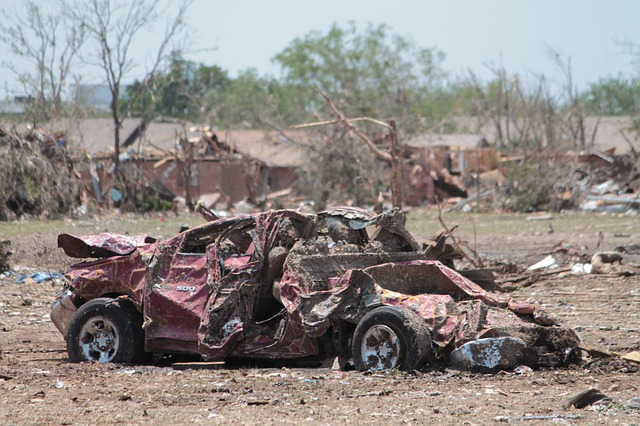
Because no two twisters are the same, damage paths vary greatly. There have been tiny twisters that produce a damage path of just 7 feet. Others have been over a mile wide, continued for hours, and run for dozens of miles. One of the most infamous Tornadoes ever happened in El Reno, OK in 2013. It’s the widest tornado ever recorded at 2.6 miles wide.
As for record path length, the deadly Tri State Tornado that swept through parts of Illinois, Missouri, and Indiana in 1925 ran continuously for 219 miles.
| Related Posts |
|---|
Understanding Tornado Size and Power
Many people are familiar with the rating system for Tornadoes, using the word F (F3, F5, and so on). This refers to the Fujita Scale.
However, that scale has since been updated and is now called the Enhanced Fujita Scale. It rates the damage potential of storms through wind models for more complete damage reporting.
How Much Damage Do Tornadoes Cause?
One of the most frequent questions regarding Tornadoes is how much damage do they do? Well, there are two ways in which a twister causes destruction:
- Exposure to WInds
- Compromising Structures
Let’s take a closer look at each.
Exposure to Winds
Exposure to tornado’s high winds and flying debris causes massive damage, whether it’s something alive or an object. It’s especially dangerous in developed regions twisters will pick up debris.
Depending on the size of the storm, debris can be small, like dust and dirt, or massive, like vehicles. Large Tornadoes uproot trees, tear through houses, and even lift roads. Within the outer layer of the vortex, the twister carries every piece of material, often throwing it away.
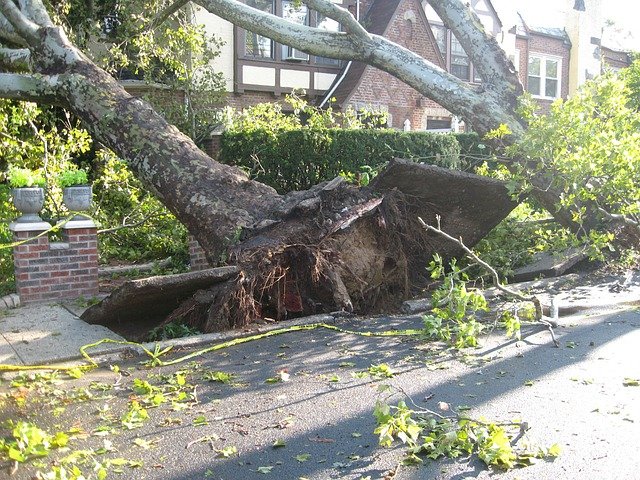
Needless to say, getting hit by flying debris is incredibly dangerous. Even if it is something small like a fence post, these objects are flying at hundreds of miles per hour.
Compromising Structures
The second way a tornado causes is damage is by compromising structures. Heavy storms can weaken structures, like homes and other buildings, making them extremely dangerous places to hide. Some of the most powerful twisters completely tear a house to pieces as if it was passed through a paper shredder.
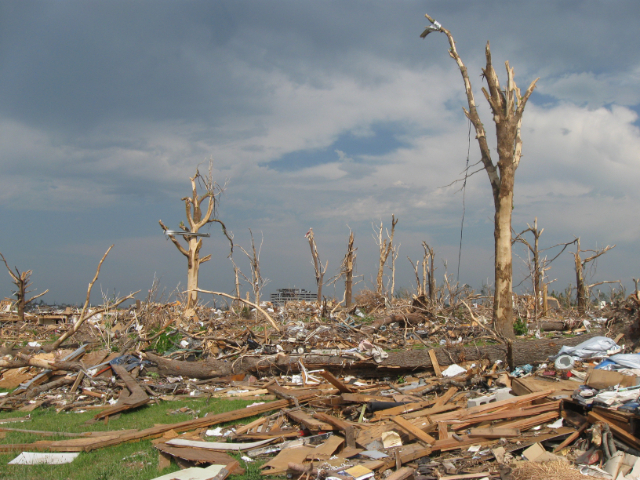
Make no mistake, tornadoes have immense power and can collect objects and carry them for miles. That’s why storm shelters are valuable additions to homes that sit in the tornado belt. Residents can take safe shelter without the risk of building collapse.
Assessing the Damage
Damage surveys come from the National Weather Service in the United States, but there are no set standards for what a survey should entail. From eyewitness accounts to obvious visible destruction, NWS offices can assess the damage, which often runs into the millions of dollars.
In 2011, a twister made ground in Joplin Missouri. Rated E-F5 (the highest rating on the Enhanced Fujita Scale), the tornado had a near one-mile width and a damage path that was miles long. It killed dozens of people. The Joplin Tornado is notable for its massive destruction. It claimed over a quarter of all structures in Joplin and is the costliest twister in history, with a damage bill of $2.8 billion.
